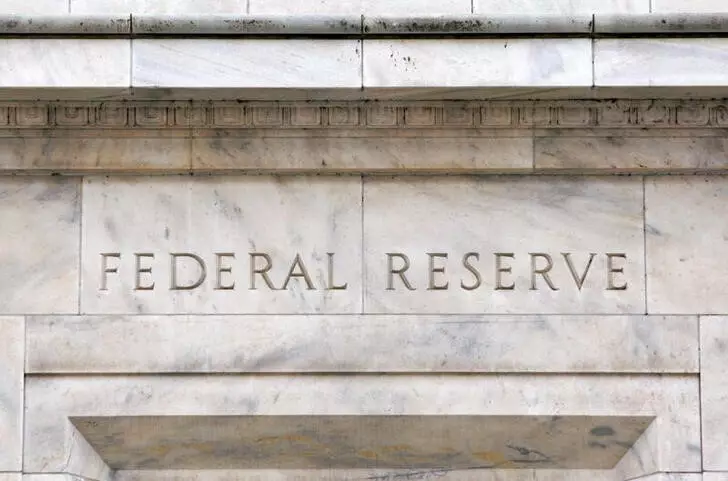In recent times, shifts in economic indicators have led to a change in market expectations regarding the Federal Reserve’s monetary policy, particularly concerning interest rates. The financial landscape has been notably impacted by the Fed’s decision to implement a 50-basis-point reduction in September, which has sparked renewed speculation about potential pauses in future rate cuts. This evolving sentiment not only reflects current economic conditions but also underlines the complexities of monetary policy decisions that the Fed must navigate. Deutsche Bank’s strategists have provided crucial insight into this discussion, highlighting two main conditions that must be satisfied for the Fed to contemplate a pause in its rate-cutting strategy.
The first of these pivotal conditions revolves around inflation dynamics—specifically, the stickiness of core Personal Consumption Expenditures (PCE) inflation, which must remain consistently around 0.3%. Such persistent inflation indicators suggest ongoing price pressures, making further rate cuts a delicate proposition. If inflation remains unyielding, the Fed’s approach could become more conservative, limiting the scope for additional reductions.
The second key condition pertains to labor market stability. For the Federal Reserve to confidently pause its rate-cutting efforts, it will be imperative to see positive indicators in payroll growth and a steady unemployment rate, ideally around 4.1% or lower. A reinforcing trend in labor metrics, such as quits and hiring rates, would significantly alleviate concerns regarding the overall health of the labor market, enabling the Fed to shift its focus from aggressive rate cuts to a more measured approach.
Deutsche Bank’s analysis is clear: while these conditions could potentially align by December, external factors such as hurricane impacts on data and the November Consumer Price Index (CPI) report could complicate the Fed’s decision-making process. Nevertheless, the bank’s baseline prediction indicates a strong likelihood of a 25-basis-point rate reduction during the December meeting, allowing the Fed to navigate rates below 4.5%.
As we look ahead to 2025, external dynamics—especially seasonal inflationary influences—are poised to play a crucial role in shaping the Fed’s decision-making. Deutsche Bank’s strategists argue that temporary upticks in inflation could provoke a more cautious approach from the Fed regarding future rate cuts. This suggests that the central bank may adopt a watchful stance as it grapples with evolving economic conditions and their correlation to upcoming political factors, notably the 2024 elections.
Political outcomes carry significant weight in determining the Fed’s stance on rates. Potential scenarios—including a “red sweep” without new tariffs or a Trump presidency impacted by protective trade policies—could impose distinct hawkish pressures on the Fed. In parallel, a Biden administration bolstered by a Republican Senate may lead to equally complex challenges, as the interplay of inflation levels and economic performance will dictate the Fed’s trajectory moving forward.
The overarching challenge lies in the Fed’s reliance on its estimates of the neutral rate—often referred to as “r-star.” Deutsche Bank posits that while the nominal neutral rate hovers around 3.5%, the exact figure is difficult to ascertain, creating dilemmas for policymakers. With the current policy rate situated approximately 125 basis points above the neutral rate estimate, the scope for further cuts is becoming increasingly limited.
Consequently, while a December rate cut appears likely, Deutsche Bank highlights the essential nature of ongoing data evaluation in shaping policy decisions beyond November. Early 2025 could denote a crucial pivot towards a pause in rate cuts should inflation and labor market conditions align favorably.
The path ahead for the Federal Reserve is laden with uncertainty and complexity. Deutsche Bank’s detailed analysis reveals that while immediate rate cuts may be on the agenda, various factors—from inflation dynamics and labor market metrics to political developments—will profoundly influence the Fed’s decisions. The potential for a more cautious Fed as it looks toward 2025 underscores the intricate balance required in navigating monetary policy amidst fluctuating economic conditions. Investors and analysts must remain vigilant, as the interplay of these elements will ultimately shape the financial landscape in the coming years.

